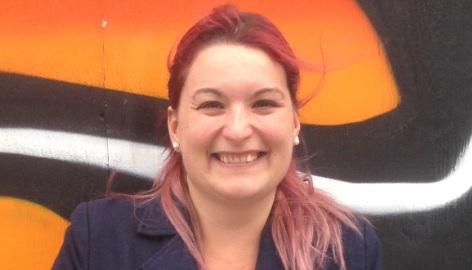Canada is the only industrialized nation which has a publicly-funded, universal health care system but no national plan to cover medications. Some Canadian provinces and territories subsidize drug costs to varying degrees, sometimes to specific groups like seniors or low-income people. Some individuals have insurance plans through their employer which provide varying degrees of coverage. This means there is a patchwork of coverage across the country.
The Canadian government is currently asking the public to weigh in on how they would like to see a publicly-funded, national drug plan work.

Laura Neidhart. says every year nearly a million people in Canada must choose between buying medications or necessities like food.
Some must choose between drugs and food
“Statistics show us that one in 10 people in Canada can’t afford their prescription drugs,” says Laura Neidhart, communications coordinator for Canada Without Poverty, a policy and human rights organization. “The people who can afford (them) are paying some of the highest costs among developed nations.
“Nearly one million people every year are making the choice between paying for medication that they desperately need and paying for other basic necessities like food and…utilities. We hear from people who’ve lost loved ones who had to make that terrible choice.”

Not being able to afford medication contributes to up to 420 premature deaths among working age Canadians with diabetes, according to nurses’ unions. (iStock)
The devil is in the details
Neidhart says over 90 per cent of Canadians want a pharmacare plan and the premiers of the provinces have been calling for one since 2004. However, the leaders have very different views on how a plan should work.
Last February, the federal government struck a special advisory council to study how to implement pharmacare. People have until Sept. 28, 2018 to go online and express their views. The council is expected to issue its recommendations in March or April 2019.







For reasons beyond our control, and for an undetermined period of time, our comment section is now closed. However, our social networks remain open to your contributions.